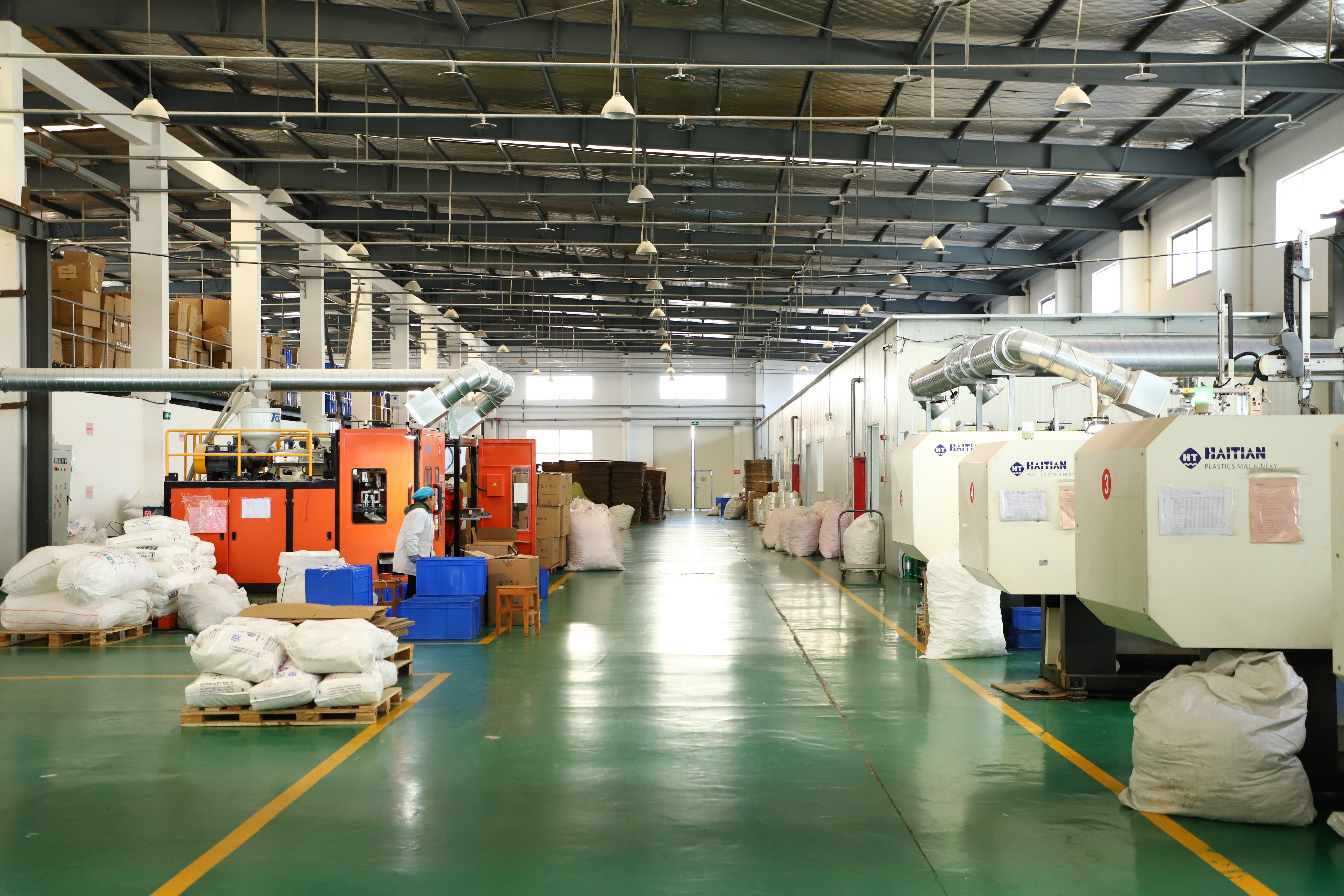| REF.No | Description | Material | Dimensions | Corner | Thickness | Packaging |
| BN7101 | Ground Edges | soda lime glass super white glass | 26X76mm 25X75mm 25.4X76.2mm (1"X3") | 45° 90° | 1.0mm 1.1mm 1.8-2.0mm | 50pcs/box 72pcs/box 100pcs/box |
| BN7102 | Cut Edges | soda lime glass super white glass | 26X76mm 25X75mm 25.4X76.2mm (1"X3") | 45° 90° | 1.0mm 1.1mm 1.8-2.0mm | 50pcs/box 72pcs/box 100pcs/box |





